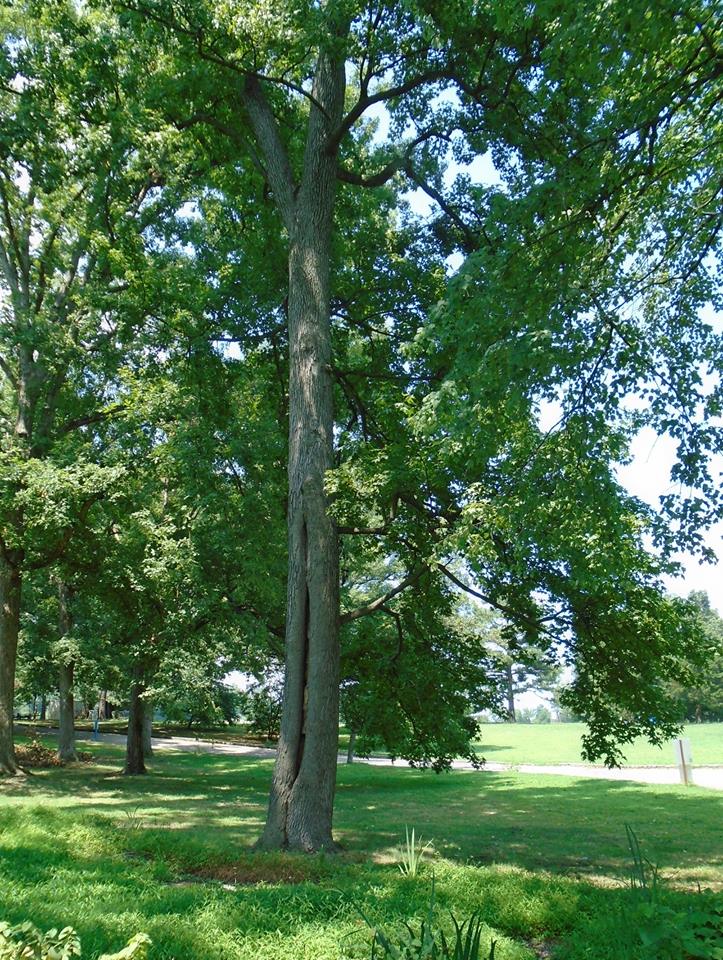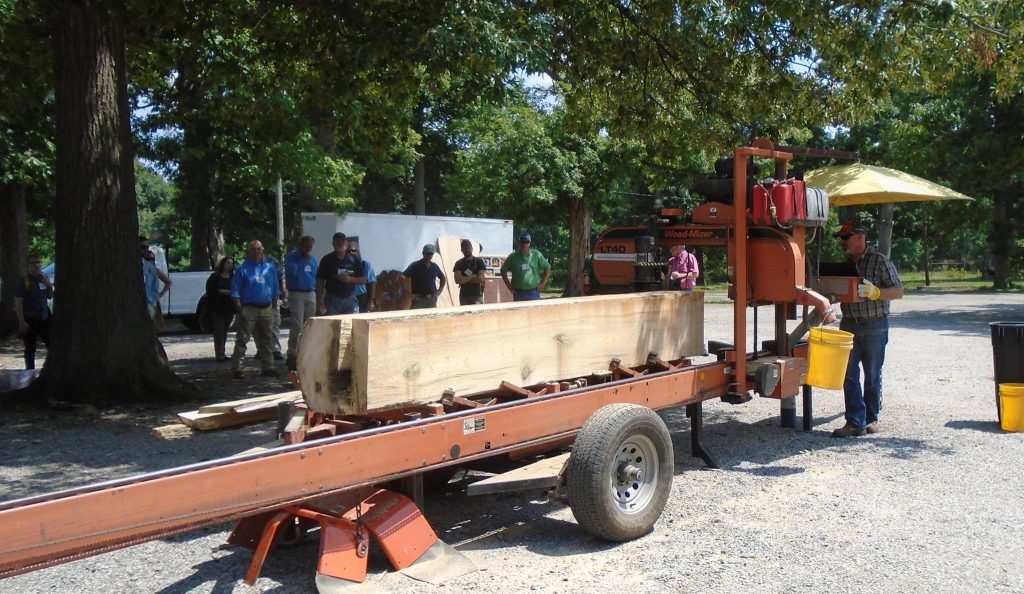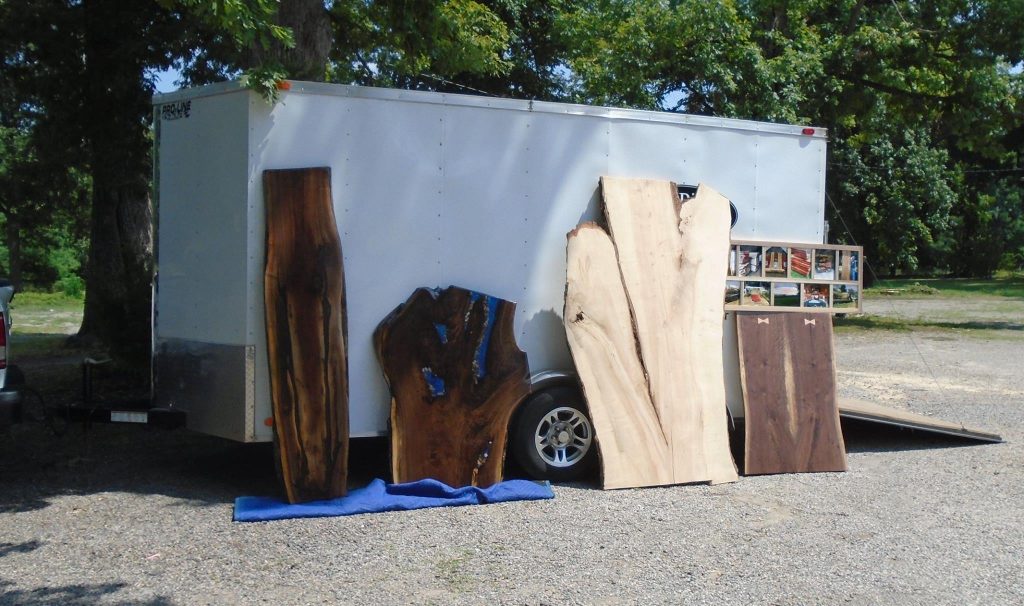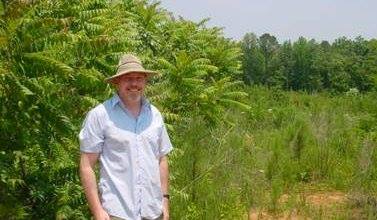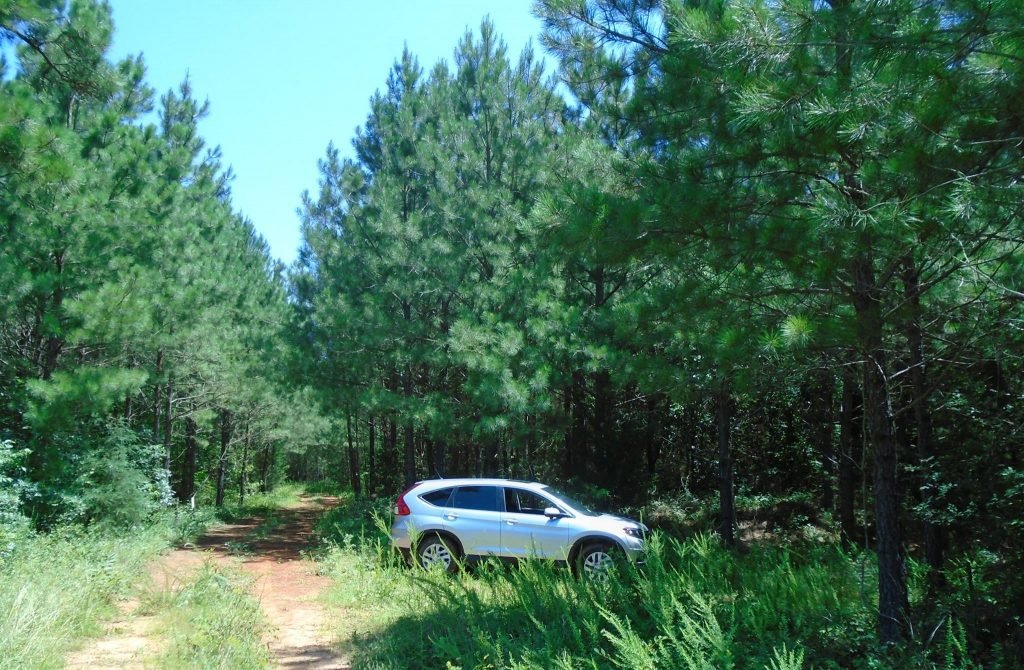We did a field trip during our urban forestry workshop to see what kind of standing timber could be made into furniture and crafts.
The thing to recall about urban timber is that its primary value is in its uniqueness. It has artistic value. This is the opposite of general timber, which is valued for being consistent. Artists and craftsmen value urban timber for its knots, twists and irregularities.
Slabs are a big part of the urban timber market. The slabs are mostly used for tables. Customers like “living edges”, i.e. the rough edge that the tree had when growing.
Personally, I dislike these things, but I am not the customer. The challenge with all unique or artistic products is that they are labor intensive. Even if the wood is free, the time it takes to get the lumber and make it into something beautiful means that there is limited potential to make a living. SOME people do, but most do not. “Don’t quit your day job” may be good advice.
I was thinking about what it means to be art, but I think the better question is what it means to be an artistic or lead an artist’s life. Sometimes the finished “art” is less important than the thought and process that the creator put into it.
My pictures show some of the trees that could be make into artistic furniture. The first is a big sweet gum tree. This is a beautiful piece of timber, but maybe too clean to be art. Next is an oak tree with lots of branches. This would not be a great timber tree, but the irregularity makes it good for art. Then we have a tree with a recovering lightning strike. This would also produce nice shapes. The slab makers like the parts where the branches reach out. Next picture shows a portable sawmill. They can process logs on site. The machine is cutting some yellow poplar, which is not very high quality wood, but made a good demonstration. Last shows some of the slabs that might be make into tables or decorative walls.



